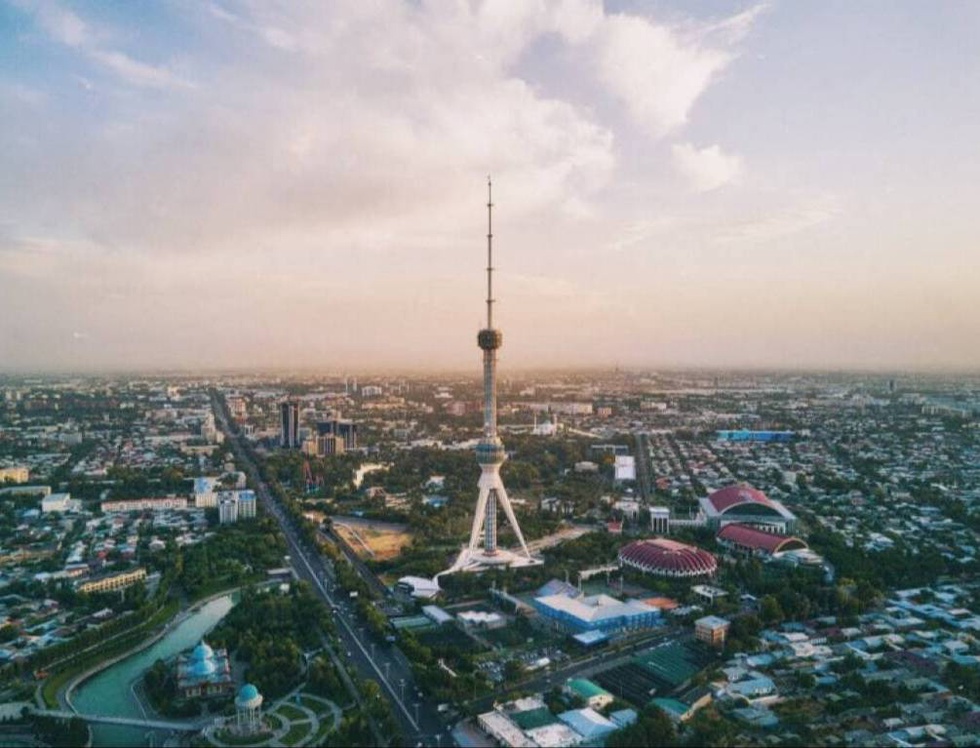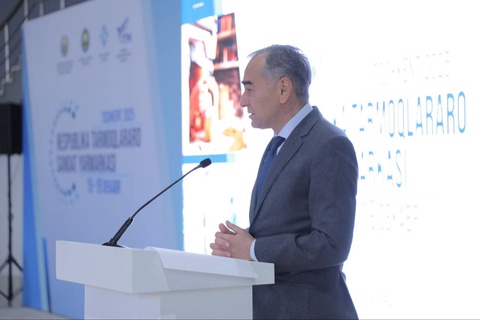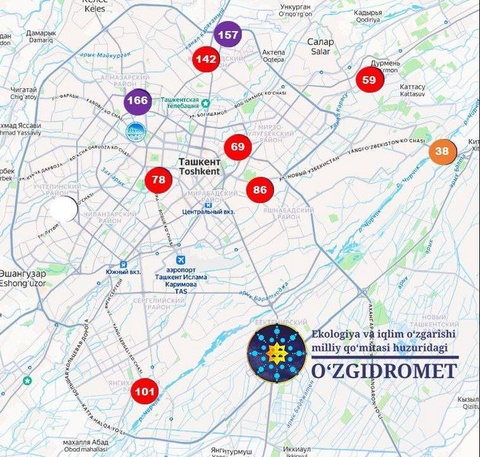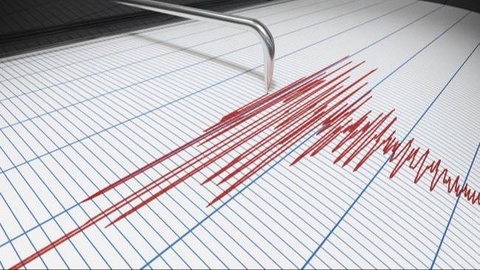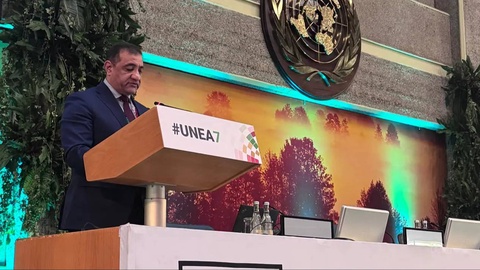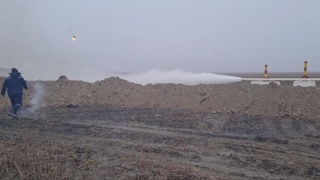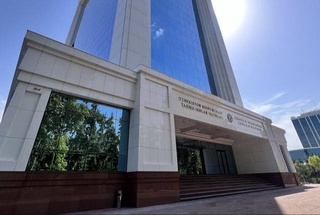The report, prepared with the support of the Ministry of Economy and Finance, contains a diagnostic analysis of air quality in the capital of Uzbekistan, as well as recommendations for the development of air quality management mechanisms in the country.
In Uzbekistan, as in other countries of the world, most diseases and premature deaths related to air quality are caused by solid fine suspended particles with a diameter of 2.5 microns (PM2.5). The World Health Organization (WHO) has identified them as the pollutant causing the greatest threat to public health. According to the IQAir portal, which carries out global air quality monitoring, Tashkent, like other cities in Central Asia, is often among the cities in the world with the most polluted air.
The Government of Uzbekistan also recognizes that the air quality management process is a serious challenge that requires joint, integrated and intersectoral efforts at the local, national and regional levels. In particular, on May 21, 2024. The Ministry of Health of Uzbekistan has adopted a new standard PM2.5 for the quality of atmospheric air in residential premises, which complies with WHO recommendations. It represents an initial goal and an important step towards improving air quality in the country.
The main conclusions and recommendations of the report
Concentrations of PM2.5 particles in Tashkent reach a peak in the winter months, their content in the air significantly exceeds acceptable international standards. The average annual concentration of PM2.5 in Tashkent is more than 6 times higher than the average annual WHO standard set at 5 micrograms per cubic meter (mcg/m3).
In Tashkent, atmospheric air pollution with PM2.5 particles leads to significant damage to public health and the economy. It is estimated that as a result of this situation, the damage to the health of residents of the capital may amount to the equivalent of 0.7% of Uzbekistan's gross domestic product (GDP).
In Tashkent, the main sources of anthropogenic pollution with PM2.5 particles are the heating sector (28%), transport (16%) and industry (13%). Transboundary sources such as wind-borne dust (36% of all PM2.5 particle pollution) prevail in summer, while heating of commercial and residential premises is the main source of PM2.5 pollutions in winter.
The report presents a roadmap for improving air quality management in Uzbekistan. She recommends priority actions, including updating air quality standards and relevant regulations, developing a national air quality management strategy and establishing the necessary coordination mechanism. The report proposes public policy measures to improve air quality, including measures in the industrial, transport and heating sectors that contribute most to air pollution. The report also recommended measures to reduce wind-borne dust.
The Roadmap recommends investing in measures to reduce emissions in various sectors of the economy in order to reduce the exposure of the population to harmful air pollution and improve their well-being.
The roadmap suggests that emissions in the heating sector can be reduced by improving the quality of fuel used and the efficiency of heating appliances, implementing measures to improve the energy efficiency of buildings, as well as switching to more environmentally friendly sources used for heating. The implementation of these measures will require appropriate legislative changes and economic incentives.


